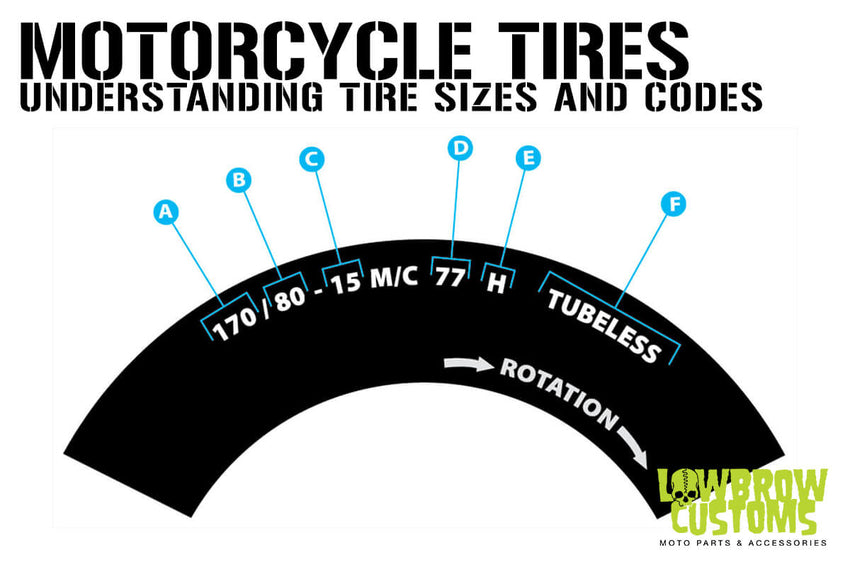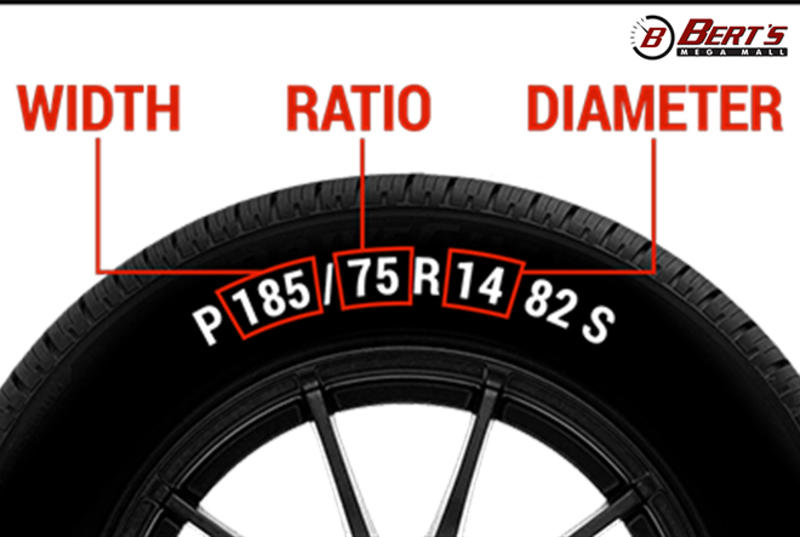Alright, let me tell you, when I first got serious about dirt bikes, looking at tire sizes was like trying to read a secret code. I’d see a string of numbers and letters on the sidewall and just nod, pretending I knew what was up. But deep down, I was clueless. Bought the wrong size once or twice, too. That’s a frustrating and sometimes expensive mistake, let me tell you.

My Early Days of Tire Confusion
I remember staring at my bike’s tire, then at a catalog, then back at the tire. One would say something like 80/100-21, another might be 110/90-19. Then an old timer at the track would talk about his bike running a “four-oh-oh eighteen” and I’d just be lost. It felt like everyone else was in on a secret I wasn’t privy to. I figured, “Heck, I gotta get a grip on this if I’m gonna keep my bike running right and safe.”
Cracking the Code: What Those Numbers Actually Mean
So, I started paying more attention, asking folks who seemed to know, and doing a bit of my own digging. It’s not rocket science, but it ain’t immediately obvious either. Here’s what I slowly pieced together, and how I make sense of it now.
Let’s take a common front tire size, say 80/100-21. It looks intimidating, but it breaks down pretty simply once you know the pattern:
- The first number, the 80 in this case, is the tire’s width. This is usually measured in millimeters. So, an 80mm wide tire. Pretty straightforward. A bigger number means a wider tire.
- The second number, the 100, is what they call the aspect ratio. This one threw me for a loop at first. It’s not a direct measurement. It means the height of the tire’s sidewall (from the rim to the top of the tread) is 100% of its width. So, for an 80/100 tire, the sidewall height is 100% of 80mm, which is 80mm. If you had a 110/90-19, that ’90’ means the sidewall height is 90% of the 110mm width. This took me a bit to really get.
- The last number, the 21, is the easiest one. That’s the diameter of the wheel rim it’s supposed to fit on, in inches. So, a 21-inch rim. Most dirt bikes run a 21-inch front and either a 19-inch or 18-inch rear.
So, 80/100-21 translates to: an 80mm wide tire, with a sidewall height that’s 100% of that width (so, 80mm tall sidewall), designed to fit a 21-inch rim.
And what about those old-school inch sizes, like 4.00-18? That’s a bit simpler, but also a bit vaguer. The 4.00 generally refers to both the width and the sidewall height in inches (so, 4 inches wide and a 4-inch sidewall), and the 18 is, you guessed it, the rim diameter in inches. These are more common on older or dual-sport bikes sometimes.

Why Bother Getting It Right?
Now, why is all this important? Well, first off, you want the darn thing to fit! If you get a tire meant for an 18-inch rim and you have a 19-inch rim, you’re just gonna have a bad time. No way that’s going on.
But it’s more than just fitting the rim. The width and aspect ratio affect how the tire sits on the rim and how it interacts with your bike’s swingarm or forks. Too wide a tire might rub on your chain or swingarm. A tire with a drastically different sidewall height than what your bike was designed for can change your bike’s geometry, affecting handling, gearing (effectively), and even how your suspension works. I once tried to spoon on a slightly wider rear tire than stock, thinking more rubber meant more grip. It technically fit, but it made the bike feel sluggish in turns and a bit weird. Went back to the stock size, and it felt nimble again. Lesson learned.
My Process Now: Keeping it Simple
These days, when it’s time for new rubber, I don’t guess.
First, I always check the sidewall of the tire that’s currently on the bike. That’s my primary source of truth, assuming it was the right size to begin with.
Second, if I’m even slightly unsure, or if it’s a bike I just got, I’ll crack open the owner’s manual. Most manufacturers list the recommended stock tire sizes right in there. Can’t go wrong with what the engineers designed it for, especially if you’re just trail riding or doing motocross for fun.

Third, I try to stick to those stock sizes unless I have a very specific reason to change and understand the potential consequences. Playing with tire sizes can be a tuning tool, but you gotta know what you’re doing.
It really isn’t so complicated once you get the basics down. Just remember width, then sidewall height as a percentage of that width, then rim diameter. Knowing this has saved me a lot of hassle and made sure I’m putting the right shoes on my bike every time. Happy riding!
